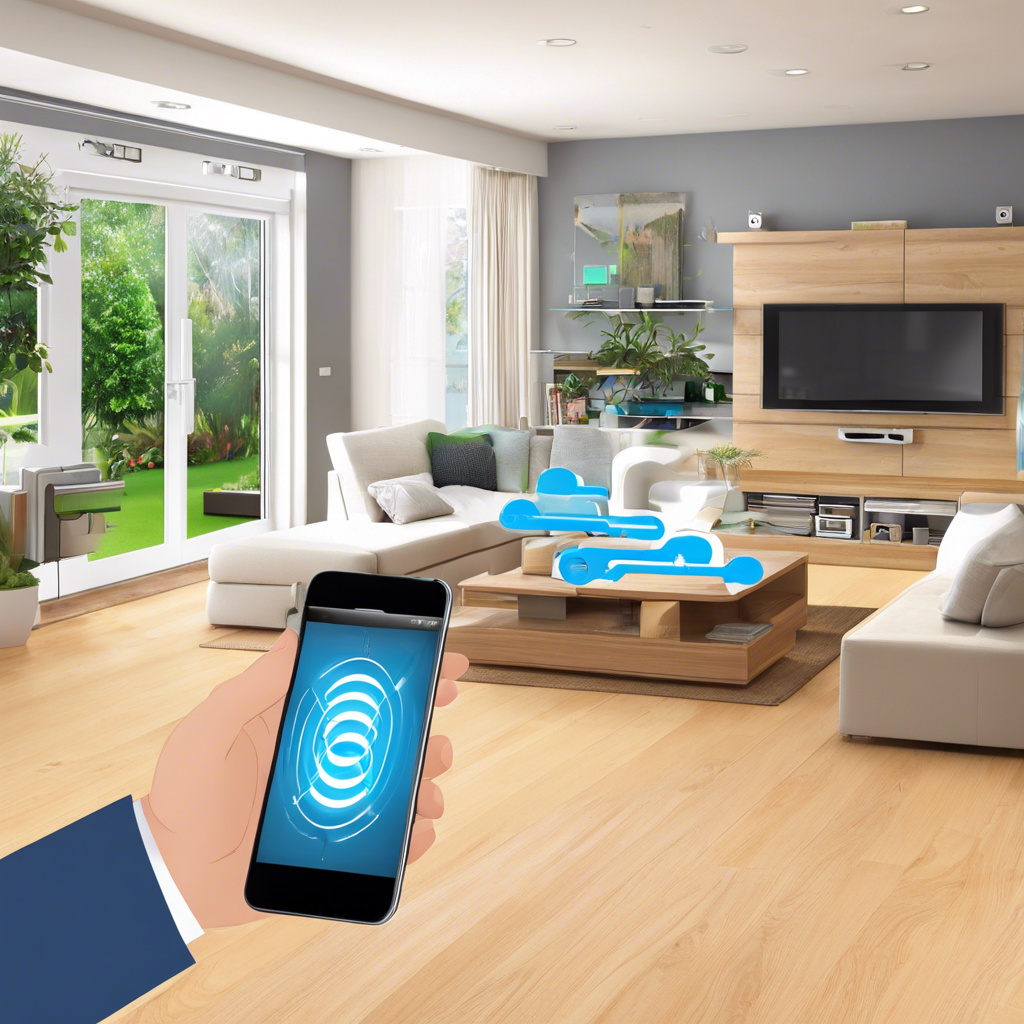So, you’re thinking of dipping your toes into the exciting world of home automation and smart living, but you’re not sure where to start? Well, you’ve come to the right place! Home automation can seem like a daunting and expensive endeavor, but with the right approach, it can be an accessible and rewarding journey. This beginner’s guide will be your compass, helping you navigate the initial steps to a smarter home and a more connected lifestyle.
The first step towards home automation is to identify your needs and priorities. Start by considering the areas of your home you’d like to automate and the tasks you want to simplify. Is it controlling your lights and appliances with your voice? Setting up a security system to keep an eye on your home while you’re away? Or perhaps you want to adjust your thermostat from the comfort of your bed? Defining your goals is essential as it will guide your choices and ensure you create a personalized smart home ecosystem.
##
The main components of a home automation system are smart devices and a central hub to control them. Smart devices can range from smart lights, thermostats, and security cameras to smart plugs, locks, and sensors. Each device has its own unique features and functions, designed to make your life more efficient and convenient. For example, smart lights can change colors and be controlled remotely, allowing you to create the perfect ambiance for any occasion. Thermostats, like the popular Nest Learning Thermostat, learn your temperature preferences and help save energy. And security cameras provide peace of mind, allowing you to monitor your home from anywhere.
The central hub is like the brain of your smart home. It connects and controls all your smart devices, allowing them to work together seamlessly. There are various options for a central hub, from simple voice assistants like Amazon Echo or Google Nest Hub to more advanced smart home hubs like Samsung SmartThings or Apple HomeKit. These hubs often come with their own mobile apps, allowing you to control your devices from your smartphone or tablet.
Setting up your first few smart devices is an exciting step! Start with the ones that align with your priorities and offer the most tangible benefits. For instance, if you’re interested in saving energy and reducing your utility bills, a smart thermostat might be a great starting point. If you’re all about convenience, consider smart plugs that let you turn appliances on and off with a simple voice command or a tap on your phone. Installing these devices is often straightforward, with clear instructions provided by the manufacturers.
##
One of the most powerful aspects of home automation is the ability to connect and control your devices in harmony. This is where the fun begins! You can create routines or scenes that automate multiple devices with a single command. For example, you could create a ‘Good Morning’ routine that raises the blinds, turns on the coffee maker, and plays your favorite morning playlist. Or a ‘Movie Night’ scene that dims the lights, closes the curtains, and turns on the TV and sound system. The possibilities are endless, and it’s this level of customization that makes home automation truly transformative.
As you venture further into the world of home automation, security and privacy become increasingly important. When adding more smart devices to your home, it’s crucial to ensure they are secure and your personal data is protected. Use strong, unique passwords for each device and enable two-factor authentication where available. Regularly update your devices’ firmware to patch any security vulnerabilities. It’s also a good idea to research the security measures and track record of the brands you’re considering.
Another aspect to consider is interoperability and compatibility. Ensure the devices you choose work well together and can communicate with your central hub. Most popular smart home brands are designed to integrate with each other, but it’s always a good idea to check the compatibility list before making a purchase. This will ensure you can create a cohesive smart home ecosystem without any compatibility issues.
Lastly, remember that home automation is a journey, not a destination. Start small, experiment, and learn as you go. You’ll soon discover the endless possibilities and the joy of personalizing your home to make your life easier and more enjoyable. So, go ahead, take that first step, and welcome to the future of living! Your smart home adventure awaits.
